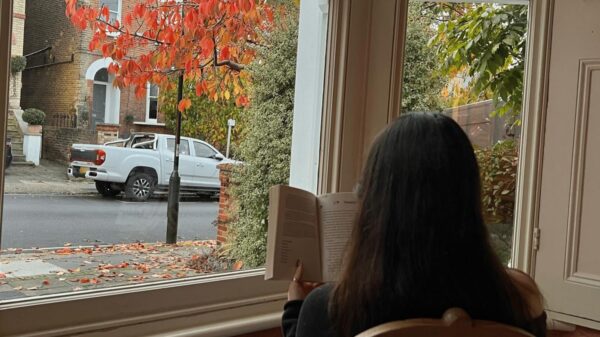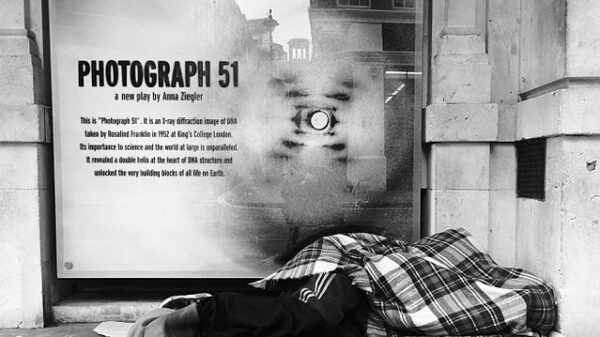“IMAGINE if that happened to you, what would you do?† Blackout poses this question to its audience with the chilling true story written by Davey Anderson.
Inspired by the account of a young offender from Glasgow, conveying a story of loss of identity and descent into madness as the protagonist, a 15-year-old boy finds himself locked inside a prison cell with no recollection as to how he got there.
Its stripped back scenery and collective format it gave the piece a raw feeling, which left a lasting impression on its audience. This is a visually motivated play, where the movement was able to tell the story just as much as the lines delivered by the actors.
By emphasising the movement through a range of motifs, it meant the play maintained a good pace throughout, and the visuality was successfully complemented by the gritty live guitar music and the moody lighting.
The protagonist, James played by George McGough, acted as the key point of focus for the piece as the audience explored the demons faced by his character brought about through his under-privilege, lack of guidance and isolation.
McGough’s commitment to the character was admirable as he demanded the audience members’ sympathy with the sheer intensity of his movement and emotion.
Actors Henry Stockdale and Charlotte Stockwell also shone within this performance, as they portrayed a real sincerity and truth to their contributions.
The cast as a whole worked very well together and their connection was very clearly translated making for an enjoyable watch which kept the audience captivated throughout.
This piece broke the fourth wall which worked well within Tutu’s. The monologues addressing the audience directly created a strong sense of tension; we were able to delve into the depths of the ‘bloodlust’ the protagonist turns to in order to try and process his emotions, and explore the concept of ‘hurting so much that you want to hurt someone else’.
This is not a light-hearted piece of theatre, but it did make for a good watch and contained an unconventional sense of hope as it developed from a tale of despondency and hopelessness to a story of redemption.
By considering it as a true story it really added to the unsettling element of the piece and the participants managed to do justice to this complex story within the performance.
Find King’s Players on Facebook here.
















